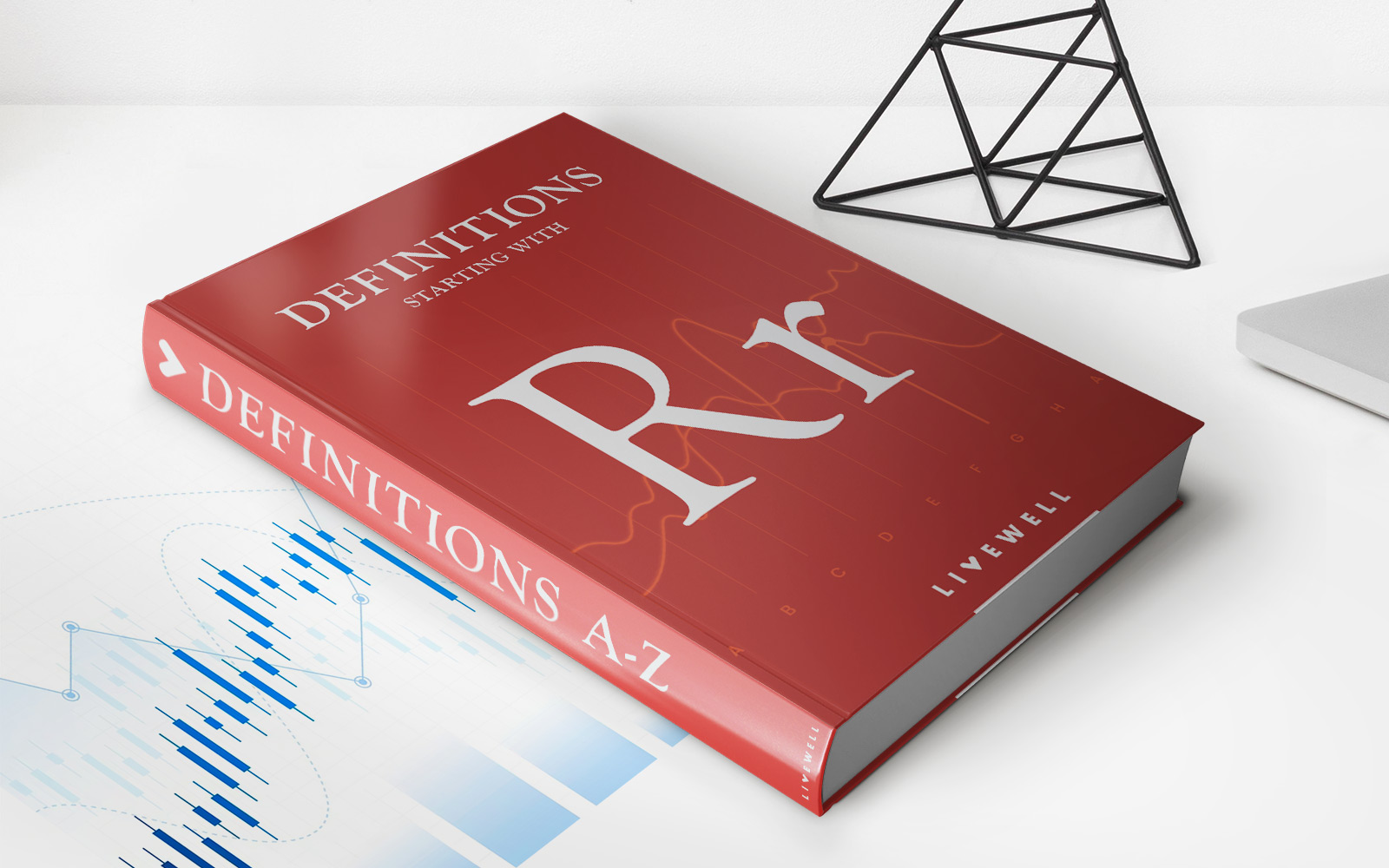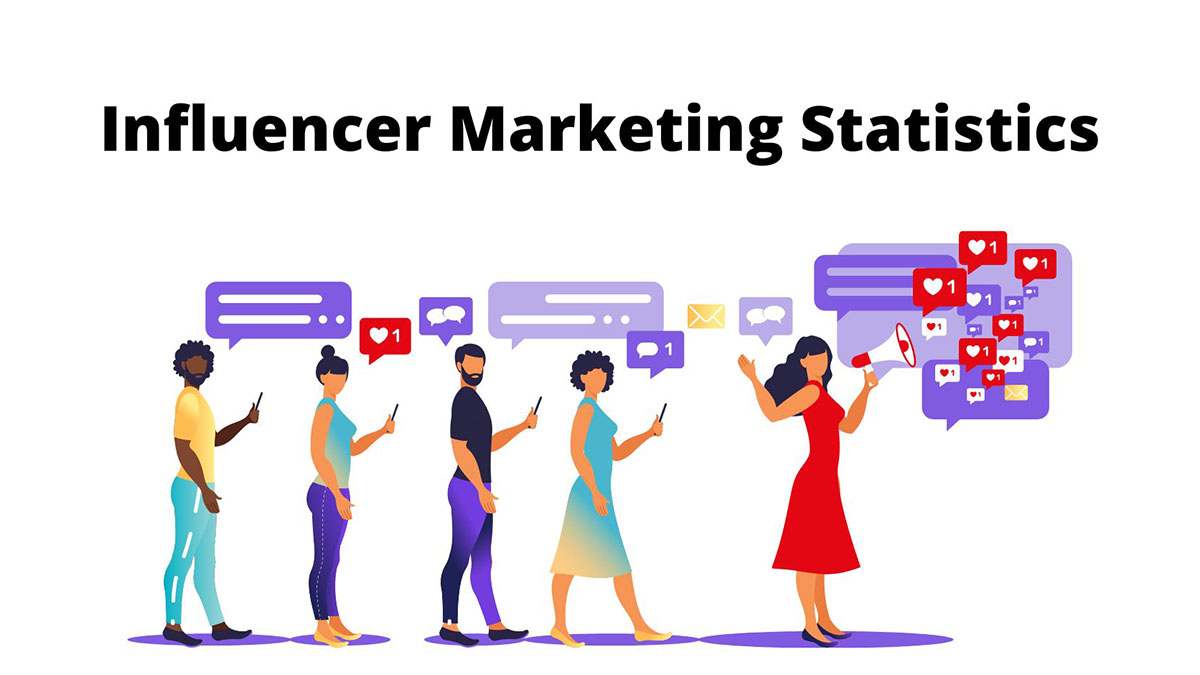

Finance
What Are HR Mergers And Acquisitions
Published: February 24, 2024
Learn how mergers and acquisitions impact HR in the finance industry. Understand the implications and strategies for successful integration.
(Many of the links in this article redirect to a specific reviewed product. Your purchase of these products through affiliate links helps to generate commission for LiveWell, at no extra cost. Learn more)
Table of Contents
Introduction
Understanding HR Mergers and Acquisitions
Mergers and acquisitions (M&A) are strategic moves that organizations make to consolidate their market position, expand their operations, or gain a competitive edge. When such changes occur, it is essential to understand the impact they have on the human resources (HR) aspect of the involved companies. HR mergers and acquisitions refer to the process of integrating the workforce, policies, and practices of two or more organizations following a merger or acquisition.
In the realm of HR, mergers and acquisitions can lead to significant changes in the organizational structure, culture, and employee dynamics. Human resources play a crucial role in facilitating a smooth transition and ensuring that the workforce remains engaged and productive during these transformative periods. Understanding the nuances of HR mergers and acquisitions is pivotal for HR professionals and organizational leaders to navigate through these changes effectively.
This article delves into the intricacies of HR mergers and acquisitions, exploring the benefits, challenges, and best practices associated with this process. By gaining insights into these aspects, organizations can approach M&A activities with a strategic HR perspective, fostering a seamless integration of personnel and maximizing the potential for success in the post-merger or post-acquisition phase.
Understanding HR Mergers and Acquisitions
HR mergers and acquisitions encompass the consolidation of HR functions, policies, and practices following a merger or acquisition. This process involves aligning the workforce, harmonizing HR policies, and integrating organizational cultures to create a cohesive and synergistic entity.
During an M&A, HR professionals play a pivotal role in managing the transition and ensuring a seamless integration of human capital. They are tasked with addressing various HR-related aspects, including workforce rationalization, talent retention, cultural integration, and the harmonization of employee benefits and policies.
One of the key objectives of HR mergers and acquisitions is to mitigate potential disruptions to the workforce and maintain employee morale and productivity. By understanding the unique dynamics of both organizations, HR leaders can devise strategies to mitigate resistance to change and foster a sense of unity and common purpose among the employees of the merged entities.
Furthermore, understanding the implications of HR mergers and acquisitions involves recognizing the legal and compliance considerations associated with the process. HR professionals must navigate through employment law requirements, regulatory obligations, and contractual agreements to ensure a smooth and legally sound integration of the workforce.
By comprehensively understanding the intricacies of HR mergers and acquisitions, organizations can proactively address the challenges and leverage the opportunities presented by the M&A activity. This understanding empowers HR leaders to develop tailored strategies that prioritize employee well-being, organizational cohesion, and the sustained success of the integrated entity.
Benefits of HR Mergers and Acquisitions
HR mergers and acquisitions can yield numerous benefits for organizations, provided they are executed strategically and with a focus on human capital integration. Some of the key advantages of HR mergers and acquisitions include:
- Enhanced Talent Pool: Mergers and acquisitions can lead to the amalgamation of diverse skill sets and expertise, enriching the talent pool of the integrated entity. This expanded talent base can drive innovation, creativity, and operational excellence.
- Economies of Scale: Consolidating HR functions and streamlining processes can lead to cost efficiencies and economies of scale. This can result in optimized resource allocation and enhanced operational effectiveness.
- Cultural Enrichment: The blending of organizational cultures through HR mergers and acquisitions can foster a dynamic and inclusive work environment. It can promote cross-collaboration, diversity, and a unified sense of purpose among employees.
- Market Expansion: Mergers and acquisitions enable organizations to expand their market presence and capitalize on new business opportunities. This can result in increased market share, broader customer reach, and diversified revenue streams.
- Knowledge Transfer: The integration of HR practices and knowledge sharing initiatives can facilitate the transfer of best practices, expertise, and industry insights across the merged entities, driving continuous learning and improvement.
These benefits underscore the potential for HR mergers and acquisitions to create a more robust and competitive organization, leveraging the strengths of the merging entities to achieve sustainable growth and strategic advantage in the marketplace.
Challenges of HR Mergers and Acquisitions
While HR mergers and acquisitions offer compelling benefits, they also present a myriad of challenges that organizations must navigate effectively. Some of the prominent challenges include:
- Cultural Misalignment: The integration of divergent organizational cultures can lead to conflicts, resistance to change, and a lack of cohesion among employees, impacting morale and productivity.
- Employee Uncertainty: Mergers and acquisitions often create uncertainty and anxiety among employees regarding job security, career progression, and the overall direction of the integrated entity.
- Workforce Integration: Harmonizing disparate workforces, roles, and reporting structures can be complex, requiring meticulous planning and effective change management to avoid disruptions.
- Talent Retention: Retaining key talent during and after the M&A process is a critical challenge, as top performers may be apprehensive about the changes and potential cultural shifts within the organization.
- Communication Breakdown: Inadequate or unclear communication regarding the M&A process, organizational changes, and future plans can lead to rumors, misinformation, and a lack of trust among employees.
- Regulatory Compliance: Navigating through complex legal and regulatory requirements, especially in the context of employment laws and contractual obligations, poses significant challenges during HR mergers and acquisitions.
Addressing these challenges demands proactive and strategic HR initiatives, transparent communication, empathetic leadership, and a focus on fostering a supportive and inclusive environment for the workforce. Overcoming these obstacles is crucial for realizing the full potential of the M&A activity and creating a cohesive, high-performing organization post-integration.
Best Practices for HR Mergers and Acquisitions
Effectively managing HR mergers and acquisitions requires the implementation of best practices that prioritize the well-being of employees, ensure a smooth integration process, and maximize the synergies between the merging entities. Some of the essential best practices include:
- Early Due Diligence: Conducting comprehensive due diligence on the HR aspects of the merging entities, including cultural assessments, talent evaluations, and HR policy reviews, to identify potential areas of alignment and divergence.
- Clear Communication: Establishing transparent and consistent communication channels to keep employees informed about the M&A process, organizational changes, and the future vision of the integrated entity.
- Change Management: Implementing robust change management strategies to address employee concerns, mitigate resistance to change, and facilitate a smooth transition for the workforce.
- Talent Retention Programs: Developing retention programs that recognize and incentivize key talent, providing assurances and opportunities for career growth within the integrated organization.
- Leadership Alignment: Ensuring that leadership teams from both entities are aligned in their vision, values, and communication strategies, fostering a unified and cohesive leadership approach.
- Cultural Integration Initiatives: Launching initiatives that promote cultural integration, such as cross-functional team-building activities, diversity and inclusion programs, and shared learning opportunities.
- Harmonization of Policies: Aligning HR policies, benefits, and performance management processes to create a consistent and equitable framework for all employees within the integrated organization.
- Employee Feedback Mechanisms: Implementing feedback mechanisms to gather insights from employees, address their concerns, and incorporate their perspectives into the integration strategies.
- Compliance Adherence: Ensuring strict adherence to legal and regulatory requirements, seeking expert guidance to navigate complex employment laws and contractual obligations.
By adhering to these best practices, organizations can navigate the complexities of HR mergers and acquisitions with diligence, empathy, and a strategic focus on creating a harmonious and high-performing integrated entity.
Conclusion
HR mergers and acquisitions represent pivotal moments in the lifecycle of organizations, shaping their future trajectory and competitive positioning. As organizations embark on M&A activities, it is imperative to recognize the profound impact these strategic moves have on the workforce and the HR landscape. By understanding the intricacies of HR mergers and acquisitions, organizations can proactively address the challenges and leverage the opportunities presented by these transformative processes.
While HR mergers and acquisitions bring about a host of benefits, including an enriched talent pool, cost efficiencies, and cultural enrichment, they also pose significant challenges, such as cultural misalignment, employee uncertainty, and talent retention concerns. Effectively managing these challenges demands strategic foresight, empathetic leadership, and a concerted focus on human capital integration.
By adhering to best practices that prioritize early due diligence, clear communication, change management, and talent retention, organizations can navigate the complexities of HR mergers and acquisitions with diligence and empathy. Proactively addressing these aspects fosters a seamless integration process, mitigates disruptions, and maximizes the potential for creating a cohesive, high-performing, and culturally enriched integrated entity.
Ultimately, the success of HR mergers and acquisitions hinges on the ability of organizations to recognize the human element at the core of these strategic moves. By placing a strategic focus on human capital integration, fostering a supportive work environment, and aligning leadership and cultural values, organizations can realize the full potential of their M&A activities, driving sustained growth, innovation, and competitive advantage in the ever-evolving business landscape.














